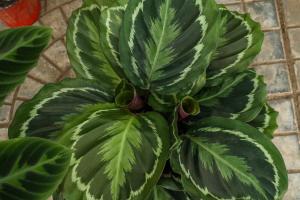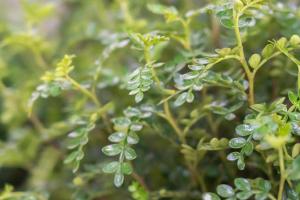How to Cover Potted Plants
Potted plants are an excellent way to create green spaces for your home. They provide a natural environment and a pop of color to your living space. However, there are times when you need to protect your plants from the harsh weather conditions that can damage or kill the plants. This is where covering potted plants comes in handy. Here are some ways to cover potted plants.
Cloth Covering
The most commonly used method of covering potted plants is using a cloth. You can use a lightweight fabric, such as burlap, to cover the plants. It's easy to work with and can be found in most gardening centers. All you need to do is drape the cloth over the plant, making sure that it doesn't touch the plant's leaves or branches. Secure the cloth with clamps or twine to keep it in place. This method is ideal for protecting plants from harsh sun, wind, and cold temperatures.
Plastic Covers
If you live in an area that experiences sudden downpours or high winds, you may need to use plastic covers. These are great for protecting your plants from heavy rain, hail, or strong winds. The plastic covers are lightweight, inexpensive, and can be found in most gardening stores. You can choose from different thicknesses of plastic covers. The thicker the plastic, the more durable it will be. However, thicker plastic can also trap heat and moisture, which may cause mold and mildew to develop on your plants.
Cloche Covers
Cloche covers are small, bell-shaped covers that are perfect for keeping your plants warm and protected from the elements. They are typically made of glass, plastic, or some other transparent material that allows light to reach the plants. Cloche covers are ideal for protecting plants from cold temperatures and frost. They are also great for starting seeds or extending the growing season. However, you need to be careful when using cloche covers since they can trap heat and humidity, which can cause the plants to overheat or develop mold.
Tarp Covering
If you have large potted plants or want to protect multiple plants at once, you may want to use a tarp. Tarps are large, waterproof covers that can protect your plants from heavy rain, hail, and snow. They are also easy to handle and can be secured to the ground with stakes or weights. However, you need to ensure that the tarp doesn't touch the plant's leaves or branches, as this can cause damage or create a breeding ground for pests and diseases.
Mulching
Mulching is another way to protect your potted plants. It involves adding a layer of organic material, such as leaves, straw, or compost, to the top of the soil around your plants. The mulch insulates the soil, helping to maintain the temperature and moisture levels around the plants. Mulching also helps to prevent soil erosion and weed growth. However, you need to be careful when mulching since too much mulch can attract pests and create a breeding ground for diseases.
Conclusion
Covering potted plants is essential if you want to protect them from the elements. You can use cloth, plastic, cloche covers, tarps, or mulching to protect your plants. However, you need to choose the right method based on your plants' needs and the weather conditions in your area. With the right covering, you can ensure that your plants thrive and remain healthy all year round.

 how many times do yo...
how many times do yo... how many planted tre...
how many planted tre... how many pine trees ...
how many pine trees ... how many pecan trees...
how many pecan trees... how many plants comp...
how many plants comp... how many plants can ...
how many plants can ... how many plants and ...
how many plants and ... how many pepper plan...
how many pepper plan...
































